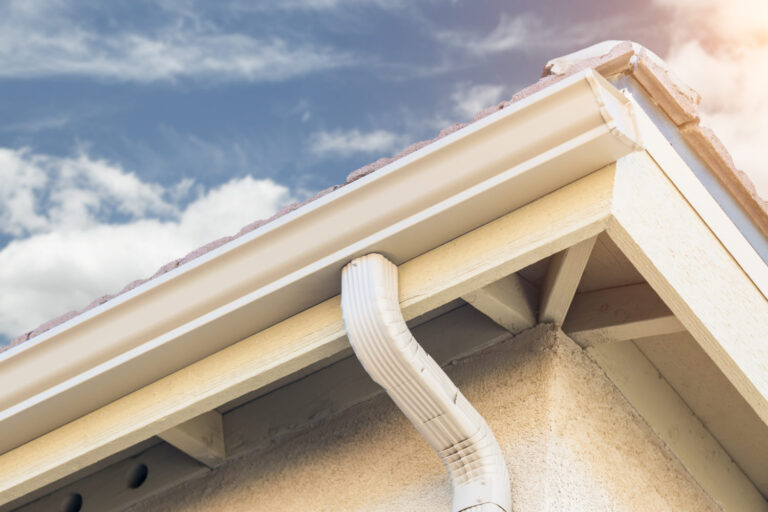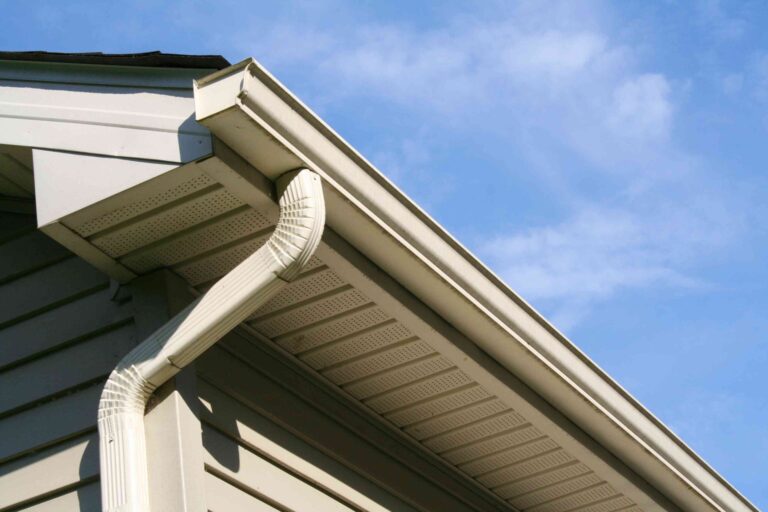As winter recedes and spring emerges, it’s crucial to assess and maintain your roof to ensure it remains in optimal condition. The colder months can be harsh on roofing materials, making a thorough spring inspection vital to address any damage and prepare for the seasons ahead. Here’s a comprehensive checklist to guide your spring roof maintenance:
1. Clean and Inspect Gutters and Downspouts
Debris such as leaves, twigs, and dirt can accumulate in gutters during winter, leading to blockages that impede proper water drainage. Clogged gutters can cause water overflow, potentially damaging your roof, siding, and foundation. Carefully remove debris and flush gutters and downspouts with water to ensure they are clear and functioning correctly. Regular maintenance helps prevent issues like water stains and structural damage.
2. Examine Shingles and Roofing Materials
Winter conditions can cause shingles to crack, curl, or become dislodged. Conduct a visual inspection from the ground or use binoculars to identify any missing, damaged, or worn shingles. Pay attention to areas around chimneys, vents, and skylights, as these are common sites for leaks. Addressing compromised shingles promptly can prevent water infiltration and extend the lifespan of your roof.
3. Inspect the Attic for Signs of Moisture
The attic can reveal underlying roofing issues not visible from the exterior. Look for water stains, mold growth, or damp insulation, which may indicate leaks or inadequate ventilation. Ensuring proper attic ventilation and addressing any moisture problems can prevent mold proliferation and structural deterioration.
4. Trim Overhanging Tree Branches
Trees with branches extending over your roof pose risks such as physical damage during storms and accumulation of debris that can retain moisture. Trimming back these branches reduces the likelihood of damage and minimizes debris buildup, contributing to the longevity of your roof.
5. Check Flashing and Sealants
Flashing around chimneys, vents, and skylights serves as a barrier against water intrusion. Inspect these areas for signs of rust, cracks, or separation. Deteriorated flashing or sealant can lead to leaks, so it’s essential to repair or replace any compromised components to maintain a watertight seal.
6. Schedule a Professional Roof Inspection
While personal inspections are valuable, engaging a professional roofing contractor provides a more thorough assessment. Professionals can identify subtle issues that might be overlooked and offer expert recommendations for maintenance or repairs. Regular professional evaluations can extend the lifespan of your roof and ensure its integrity.
By diligently following this spring maintenance checklist, you can address any damage incurred during winter and prepare your roof for the upcoming seasons. Regular upkeep not only enhances the longevity of your roof but also safeguards your home against potential water damage and other related issues.






